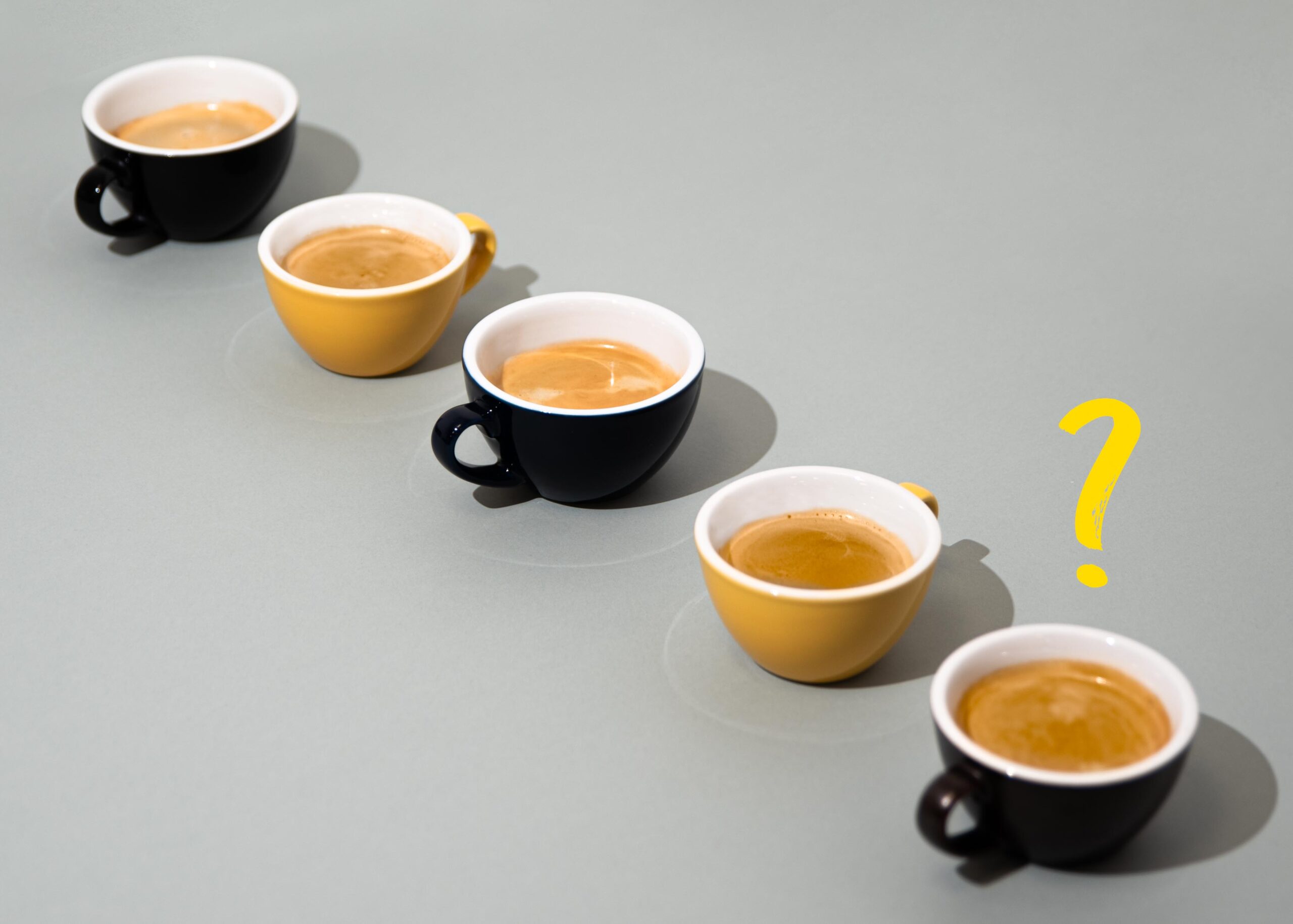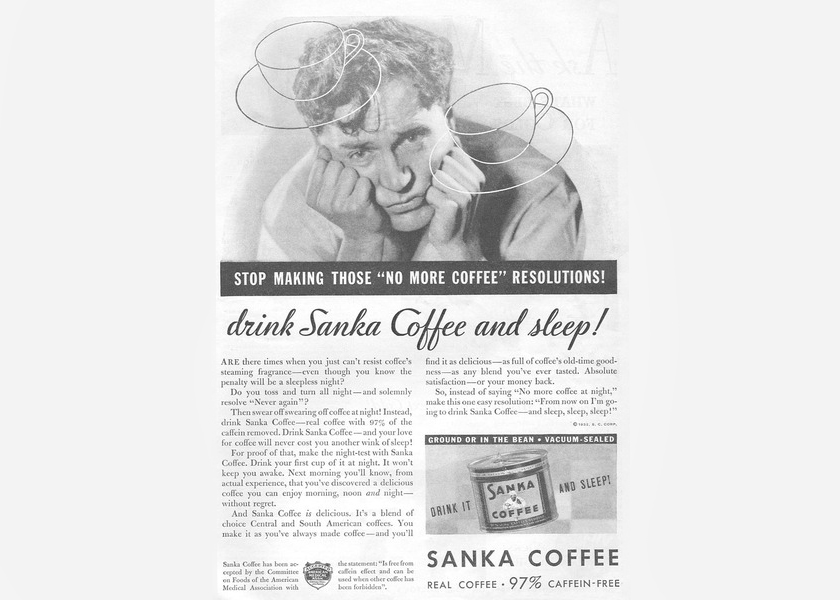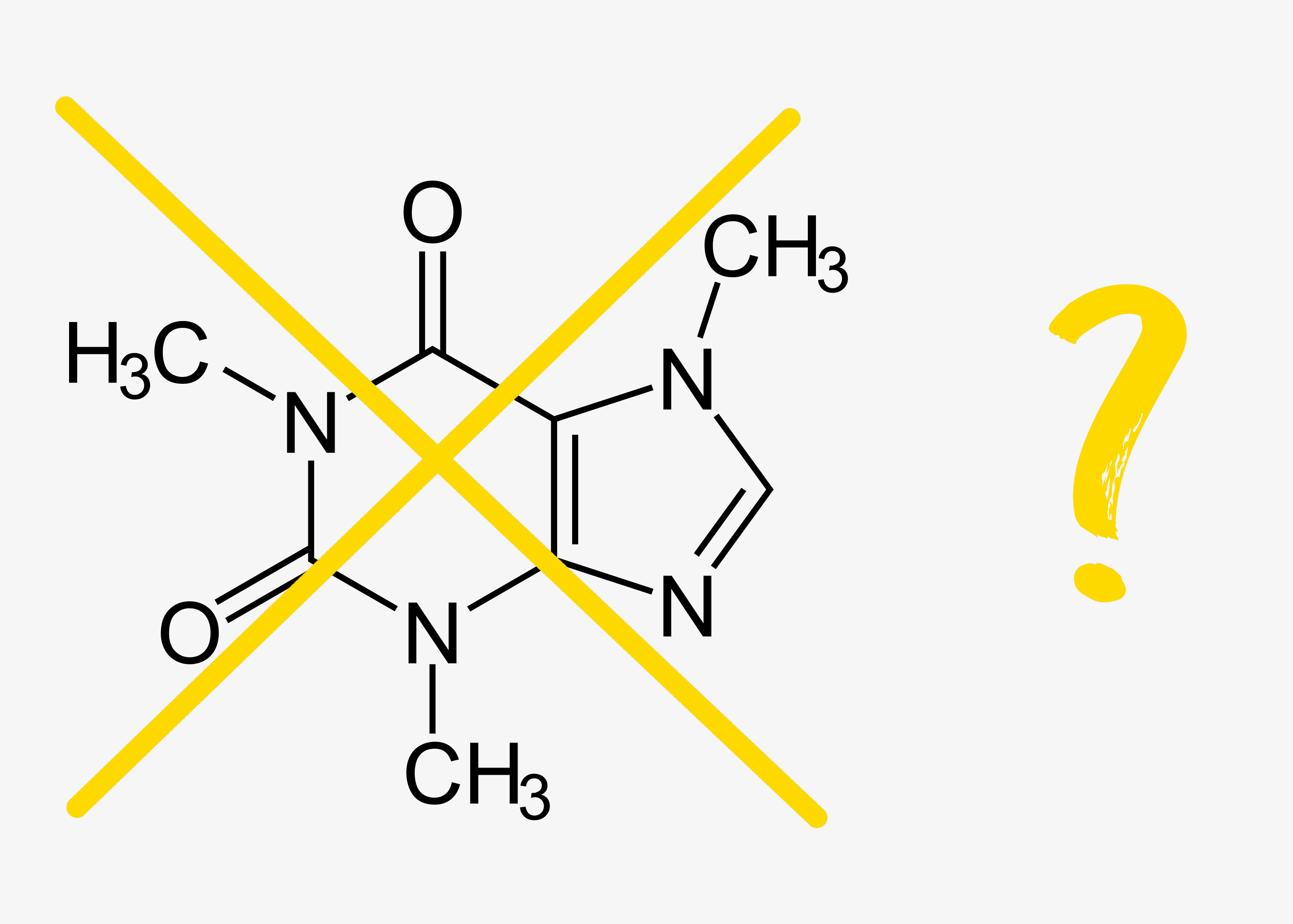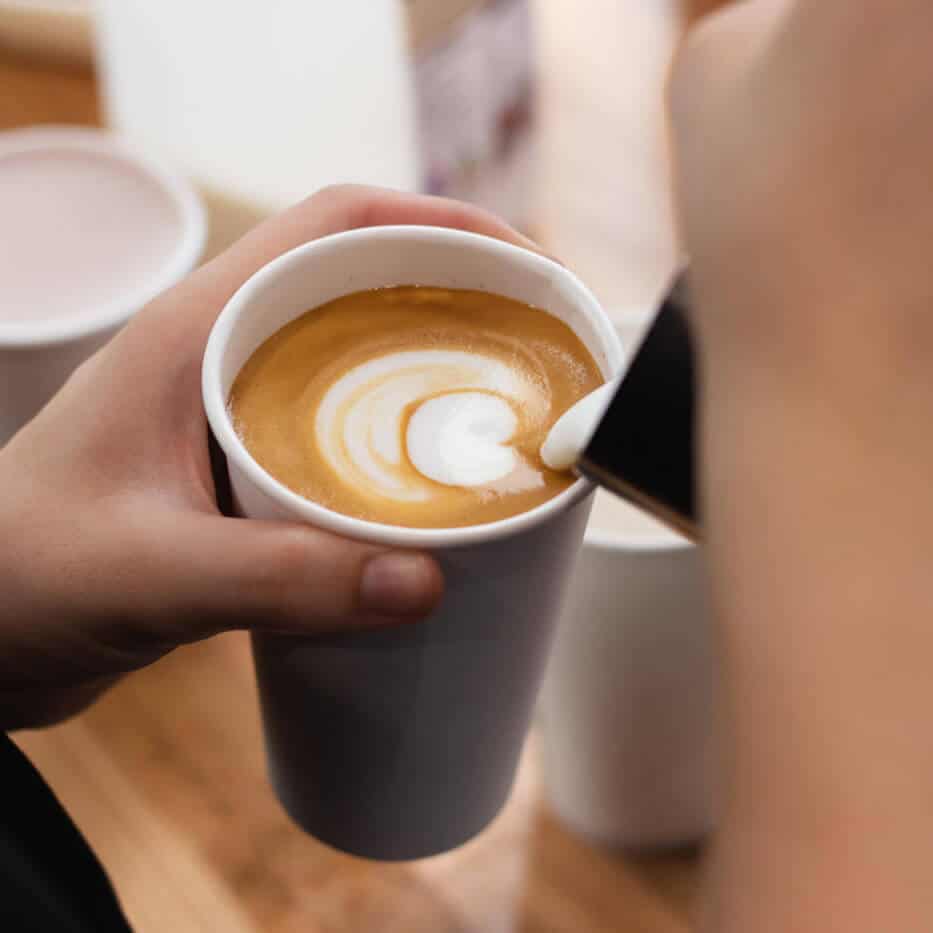Decaf coffee: things you still need to learn
Decaf coffee is attracting increasing interest, but we’ve found that it comes with a shadow of distrust and suspicion.
We often hear the phrase “decaffeinated coffee is tasteless”, “it’s not clear how they got the caffeine out”, “it’s probably added chemicals, I wonder if that’s good for health”, “I ask wondering if there really is no caffeine in it and sometimes people even wonder ‘if it can taste it…
Since this is often the opinion of coffee lovers, we have decided to dispel this myth and shed more light on this topic.
We will answer the question of whether decaffeinated coffee can be high-quality and tasty, and finally give some tips on what to look for when choosing decaf coffee.
What is caffeine?

Decaffeinated coffee was developed so that you can enjoy the taste of coffee without the effects of caffeine. Caffeine is a bitter, odourless, white stimulant naturally found in the nuts, seeds, and leaves of more than sixty plants in Africa, East Asia, and South America.
These include the well-known sources of caffeine, such as e.g.:
- coffee beans
- tea herbs
- cocoa pods
- kola nut
Caffeine has a wide range of beneficial effects on the human body and is used very frequently. We’ll get it through Coffee, cocoa and chocolate beverages, Coca-Cola, energy drinks, consumption of chocolate as well as various dietary supplements and medicines.
It should be noted that humans have a fairly high tolerance to caffeine: for healthy adults, the recommended maximum daily amount of caffeine is 400mg – about 4 standard cups (240ml) of filter coffee. Yes, that’s a lot!
Who is recommended to limit caffeine?

However, there are some groups of people for whom it may be advisable to reduce or sometimes even eliminate caffeine consumption: people with extreme caffeine sensitivity, pregnant women, people suffering from anxiety, high blood pressure, sleep, heart or stomach problems, as well as people who take medications that do not mix well with caffeine.
This also applies to people who have already exceeded their daily caffeine intake.
Chances are you’ve been in a situation where you thought you wanted another cup of coffee, but suddenly realized it was going to be your fifth, sixth, or even seventh cup of coffee a day. And you began to feel your heartbeat increase…
The good news is that you don’t have to give up your favourite coffee drink to avoid caffeine.
Decaffeinated coffee: what is it?

Today there are all sorts of attempts to grow decaffeinated coffee beans, but most coffee trees currently grown around the world contain the substance.
Caffeine has a very important function: it helps the plant fight pests. So now (and it may be in the future), decaffeinated coffee is coffee that has been decaffeinated in one way or another.
Interestingly, the history of decaffeinated coffee goes back just over a century.
Like many important inventions, this one came to a fortunate person by chance. In 1903, German coffee merchant Ludwig Roselius received a large shipment of coffee beans arriving by sea — but his joy was quickly overshadowed by the realization that a storm had covered the beans with water.
Although he initially considered throwing the coffee away, the merchant decided to try washing and roasting the coffee.
The result was surprising: it still tasted like coffee, but it no longer delivered an energy boost.
Finally, in 1906, after much experimentation, Ludwig Roselius patented the first industrial technology for removing caffeine using a salt solution and a chemical solvent called benzene.
That same year, Roselius launched decaffeinated coffee in the United States: the drink, dubbed “Sanka,” was heavily promoted at the time and soon became a household name. Today, this method of removing caffeine has been superseded by others as benzene is recognized as a harmful carcinogen.
Could this be the reason behind the damage done to decaf coffee’s reputation? But times have changed and technology has by no means stood still!
How to Remove Caffeine: Which is Best?

The three most common methods of caffeine removal today are solvent removal (methylene chloride or ethyl acetate), water removal with green coffee extract, also known as the Swiss Water Process, and the more recent carbon dioxide (CO2) method.
Before we look at each procedure individually, let’s discuss what these methods have in common:
- The caffeine is always removed from the still raw (unroasted) coffee beans.
- The biggest challenge is just separating out the caffeine molecules and leaving all the other chemical components of the coffee intact. This is quite difficult because coffee contains around 1000 different chemical elements that are crucial for the taste and aroma of the coffee.
- Because caffeine is water soluble, all methods use it in one way or another. However, water alone is not enough, since all other substances are soluble in water. So, an additional participant is needed, which will allow the separation of caffeine in one way or another.
Solvent
With this method, the still raw coffee beans are first steamed or soaked in water to release the caffeine. The solvent is then used to remove the caffeine from the coffee beans either directly or indirectly. In the direct method, the coffee is steeped in the solvent itself until the caffeine is removed.
The coffee beans are then rinsed liberally with water, steamed and then dried until they reach their original moisture content.
the indirect method works differently: the coffee is steeped in water until it releases the accumulated caffeine. The soluble flavours dissolve with the caffeine.
The coffee beans are then removed from the water. The solvent is also used to remove the caffeine from the water. The coffee beans are then immersed again in decaffeinated water: this allows the aroma molecules to be absorbed again, but the stimulating effect of the beans is not restored.
The most common solvents in this process are methylene chloride and ethyl acetate. Caffeine removal with methylene chloride is the least expensive, but also the most controversial method.
The US Food and Drug Administration (FDA) restricts the use of methylene chloride because large amounts have been linked to various health problems.
Although the amounts of this solvent used to remove caffeine are well below the legal limit and are therefore perfectly safe, and methylene chloride itself has no chance of staying in the coffee as it evaporates at low temperatures, there is a lack of confidence in this method.
If the decaffeinated coffee doesn’t say how the caffeine was removed, there’s a good chance it’s methylene chloride.
Another popular solvent is ethyl acetate. This organic compound is derived from ethanol and acetic acid. Natural ethanol extraction typically uses sugar cane, the most common form of ethanol used in decaffeination. For this reason, this method is sometimes referred to as the “sugar cane process‘ or simply as ‘natural” designated. Ethyl acetate is highly flammable and therefore quite risky to handle.
Swiss Water Process
The growing distrust of solvents has led to a search for better methods of removing caffeine from coffee. The method of processing with the Swiss Water Process was developed in Switzerland in 1933 (hence the name) and commercialized in the 1990s with the construction of a facility in Canada near Vancouver.
From the beginning, the most important slogans of the method are: “100% chemical-free” and “All aromas are retained in the coffee”. This type of decaffeination is considered fully organic and is backed by certificates.
How does this method work?
First, the green coffee beans are soaked in hot water – the caffeine and flavourings begin to dissolve.
The first batch of unflavored beans is removed and the caffeine is extracted from the saturated water using special activated carbon filters. This creates a liquid called Green Coffee Extract (GCE).
A new batch of coffee, still containing caffeine, is immersed in this liquid: this time the caffeine is dissolved, but the coffee retains its aromas since the water is already saturated with them after the first batch.
The result is a 99.9% separation of the caffeine and maximum preservation of the aromatic and gustatory properties.
This gentle and gentle process is only used for single-origin coffees. This is of course quite expensive, and so does the price of the coffee.
The coffees decaffeinated in this way are easy to recognize because it is on the packaging Swiss Water Process Signs clearly visible. In our opinion, it is a symbol of quality coffee.



Comments are closed.